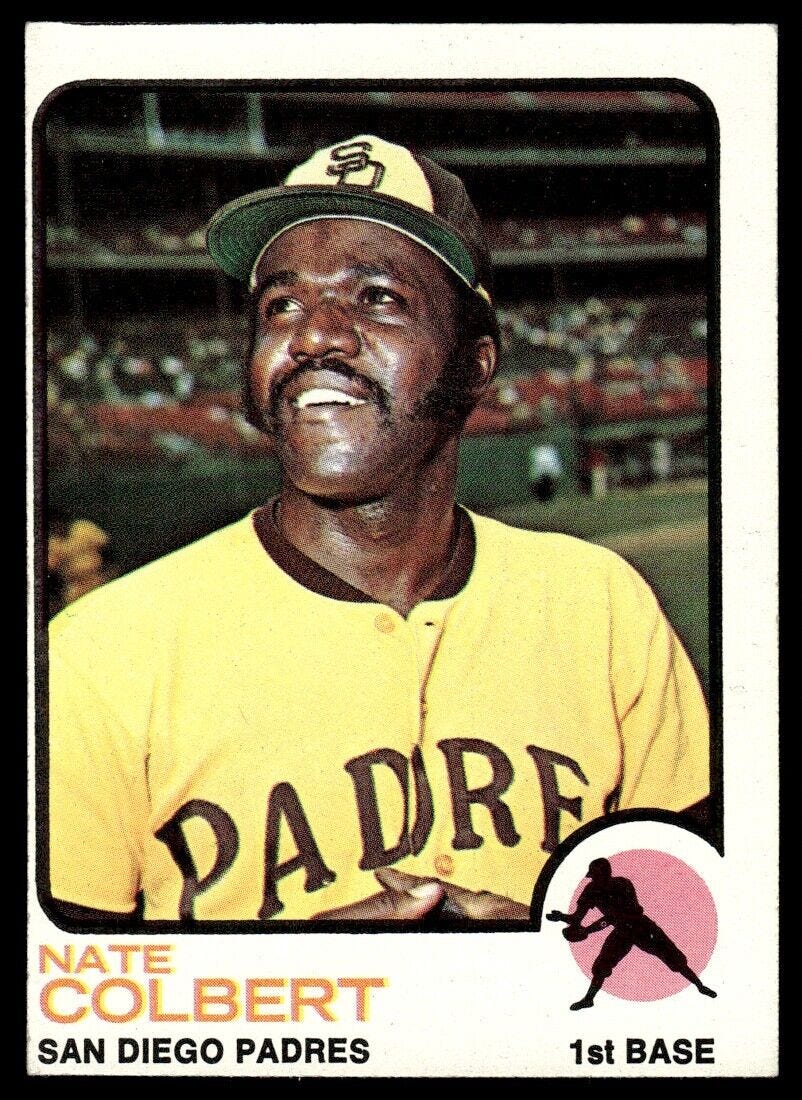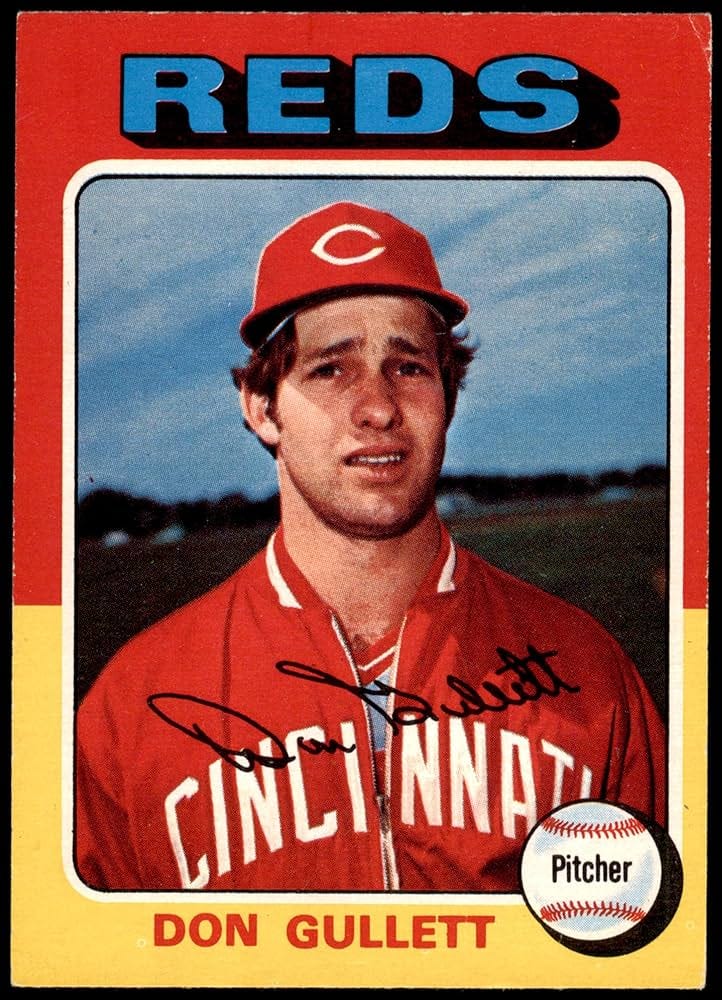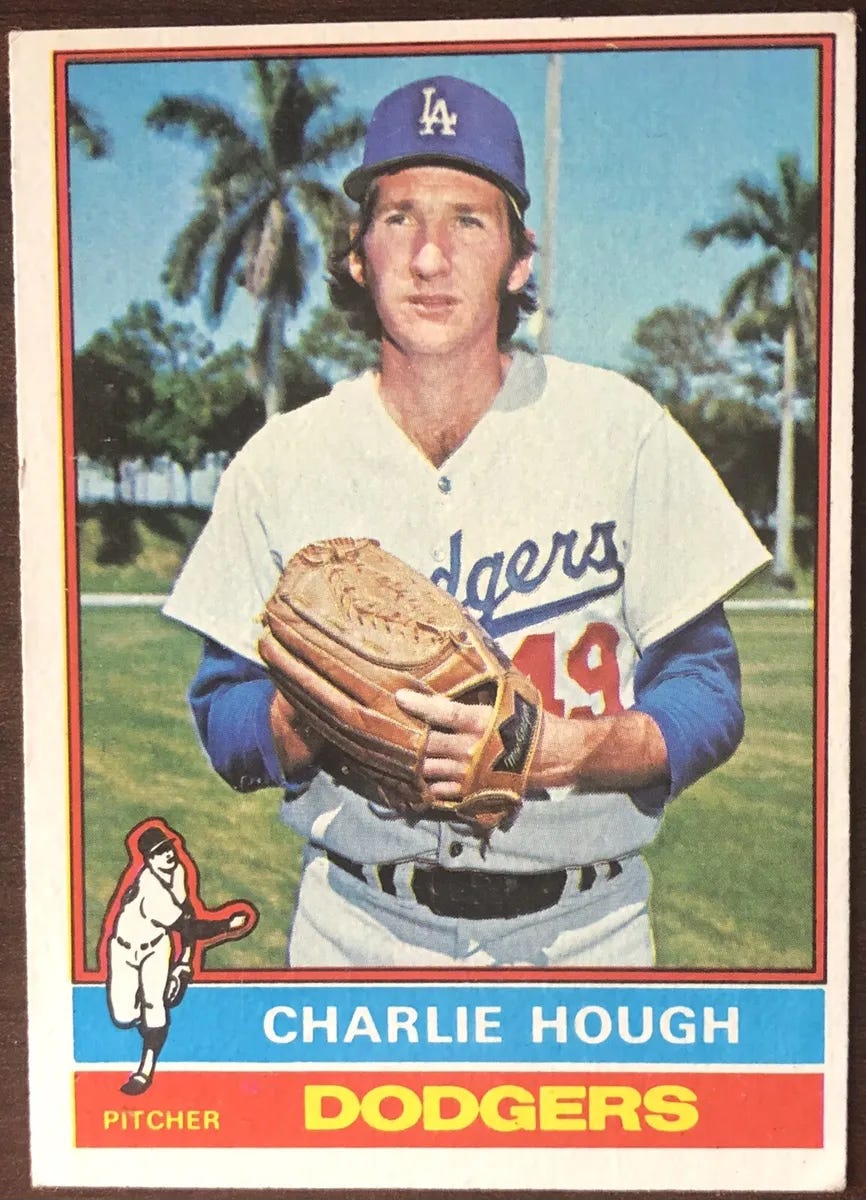The All-Star game has a long (but not eternal) place in America’s national pastime. Exhibition games pitting star players against each other probably go back a very long ways, but what we know as the “All-Star Game” today was first played in 1933, as a one-off exhibition conceived of and promoted by Arch Ward of the Chicago Tribune.
Chicago was hosting the “Century of Progress” World’s Fair that year, in the depths of the Great Depression, and the game was envisioned as a one-time gimmick to draw visitors to the city.
The presidents of both leagues, and the owners of all the clubs, agreed to stage the game in Chicago.
The participating players agreed to play the game without receiving payment, so that the gate receipts could be donated to a baseball-related charity.
The newspapers in town agreed to conduct fan polls to determine who would appear in the game.
And Babe Ruth, on the downswing of his career, added the first home run in All-Star competition in the third inning. All things considered, the day couldn’t have gone any better than it did. And nearly a century later, the All-Star game is as ingrained into the major leagues as Opening Day and the World Series.
1972’s edition of the “mid-summer classic” was played in Atlanta Stadium (not “Fulton County Stadium” as I later came to know it, as that change didn’t happen until early in 1975). At the end of nine innings, in the first All-Star game of the Designated Hitter era, the score was tied at 3 runs apiece.
Pittsburgh/National League manager Danny Murtaugh sent reliever Tug McGraw (then of the New York Mets) to the mound to pich the tenth inning. At the end of a scoreless frame, Murtaugh decided to gamble by sending in a pinch hitter, Nate Colbert of the San Diego Padres. This strategic element of the game has now been lost, in this interleague world of DHing in every single game. (Just one of the many ways baseball is actively trying to push me away from it, but I digress.)
Nate Colbert (and if you’re saying it like col-BEAR because of Stephen, don’t. It’s pronounced COL-bert instead) was the first star player that the expansion San Diego Padres had. He would leave the game—and still remains—as the most prolific home run hitter in franchise history. One week after this game was played, he would smash 5 home runs and drive in an astounding 13 runs in both ends of a doubleheader. Few players have ever had a day remotely resembling Colbert’s output, but none of that had happened just yet.
Colbert rewarded Murtaugh’s gamble by drawing a walk from Baltimore’s Dave McNally. He was then sacrificed to second base by Chris Speier of the Giants, and brought home on a game-winning single by Joe Morgan. And of all the persons mentioned in this paragraph, only Chris Speier survives to this day. So it goes.
Tug McGraw picked up the win that day, when Nate Colbert scored the winning run. And in some ways, these two players had nothing else in common with each other. The pitcher originally from California already had one World Series ring in his collection, and would add a second one eight years later with Philadelphia. The position player originally from St. Louis, on the other hand, was out of the game by age 30, plagued by back problems. The only time he played on a winning team in the majors was with the Oakland A’s, for two games at the end of the 1976 season.
While McGraw had a longer career (he retired with the Phillies at the age of 39 in 1984) than Nate Colbert did, and had more success on the field as well, he got the short end of the stick in other ways. He contracted glioblastoma, an aggressive form of brain cancer, and died on January 5, 2004 at the age of 59.
In 2023, on the heels of several other deaths of Phillies players from brain cancer, tests were performed on the artificial turf from Veterans’ Stadium. The findings, published by the Philadelphia Inquirer, was that 16 different “forever chemicals” were detected in the turf. The Phillies deny any wrongdoing, of course, but perhaps Tug McGraw’s success on the field, quite literally, came with a cost that he wasn’t aware of.
Nate Colbert, on the other hand, lived for many more years than his one-day teammate Tug McGraw. He passed away exactly one year ago, on January 5, 2023, at the age of 76. Would he have traded those extra sixteen years of life for even a sliver of the success that McGraw had on the field? Or would McGraw have foregone his later success in Philadelphia, if it meant adding an additional 10 years (or more) onto his life? Unfortunately, neither man had the opportunity to make such a trade. Fate makes the final decision, as it always has and always will.
On a more positive note, January 5 also marks the 73rd birthday of Don Gullett, who pitched for nine seasons in the majors and won three World Series rings before retiring in 1978,
and the 76th birthday of Charlie Hough, a knuckleballer who pitched for 25 seasons in the majors, faced off against Don Gullett’s team in the 1977 World Series, and retired in 1994 at the ripe old age of 46. And no, I’m not only featuring the dead players in this space.
Until tomorrow….







